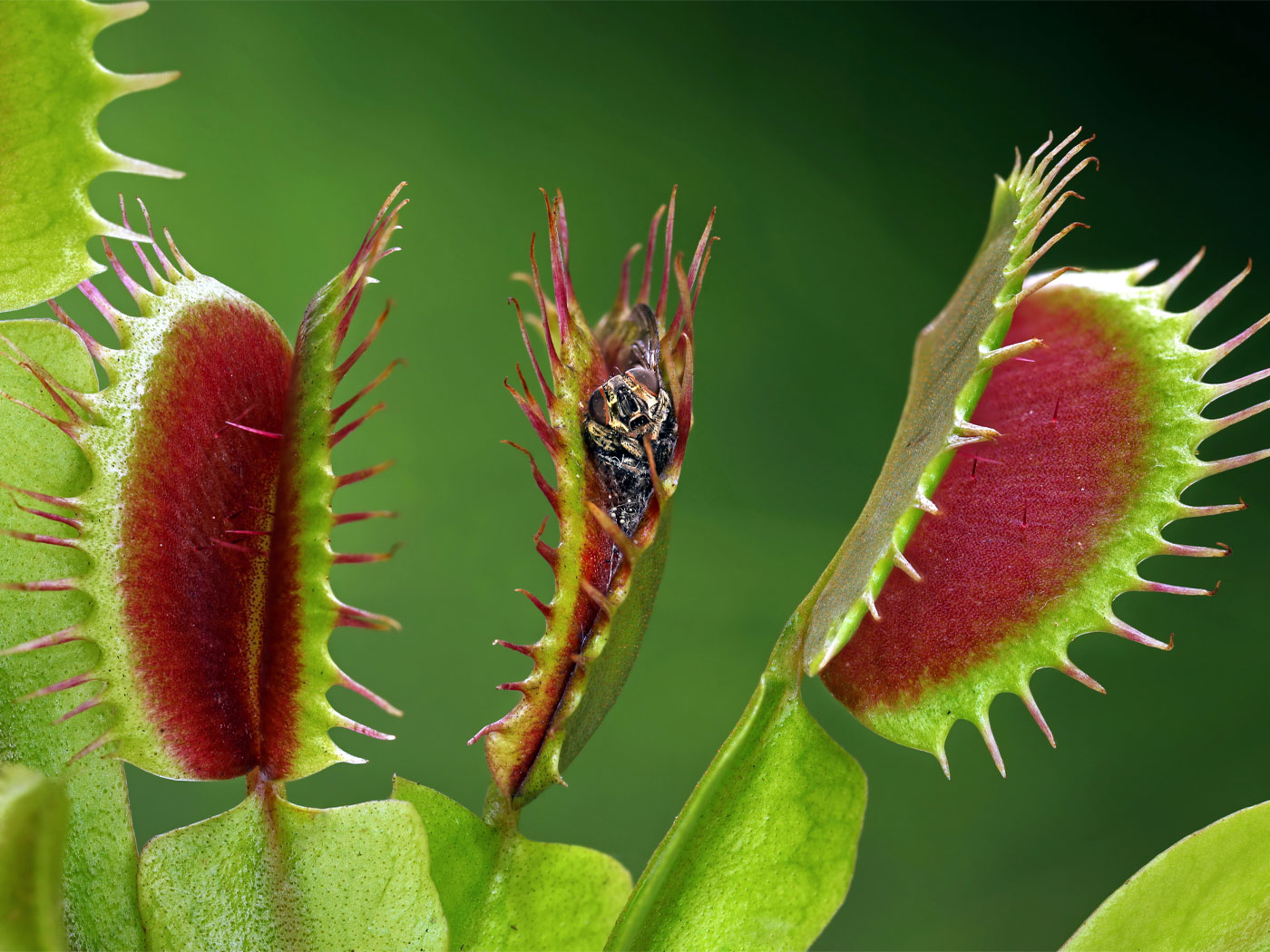The fossil record shows that hummingbirds have always been hummingbirds. Such amazing mastery of aerial acrobatics could never have evolved.1,2 ICR’s Dr. Jeff Tomkins put it succinctly:
The hummingbird is another animal that glorifies the Creator. This little creature is distinctly different from all other bird kinds. Hummingbirds are the only bird that can fly backward. They can literally zip around in just about every direction due to their wings’ ability to rotate in a full circle and flap up to 80 times per second.3
Thus, hummingbird flight is not only amazing, it is unique among all animals. These specialists, which include the smallest bird in the world, can navigate efficiently with their long, saber-like wings. In fact, “the fast turns of hummingbirds have inspired a massive motion-tracking study of the birds’ flight maneuvers,” stated science writer Susan Milius of Science News.4 She went on to report,
Bigger hummingbird species don’t seem handicapped by their size when it comes to agility. A battleship may not be as maneuverable as a kayak, but in a study of 25 species, larger hummingbirds outdid smaller species at revving or braking while turning. Measurements revealed these species have more muscle capacity and their wings tended to be proportionately larger for their body size than smaller species. Those boosts could help explain how these species could be so agile despite their size, researchers report...4
Additional investigations have recently revealed that an Anna’s hummingbird is able to navigate effortlessly and swiftly through an intricate maze of complex environments with bilaterally asymmetric wing motions. Marc Badger and other scientists writing in the Journal of Experimental Biology described how this is accomplished:
Many birds routinely fly fast through dense vegetation characterized by variably sized structures and voids. Successfully negotiating these cluttered environments requires maneuvering through narrow constrictions between obstacles. We show that Anna’s hummingbirds (Calypte anna) can negotiate apertures less than one wingspan in diameter using a novel sideways maneuver that incorporates continuous, bilaterally asymmetric wing motions. Crucially, this maneuver allows hummingbirds to continue flapping as they negotiate the constriction. Even smaller openings are negotiated via a faster ballistic trajectory characterized by tucked and thus non-flapping wings...5
Blind evolutionary forces like random mutations could never perfect the hummer’s fast ballistic trajectory, obstacle avoidance, and novel sideways maneuvers we observe today. Instead, we clearly see evidence of purpose, plan, and special creation in these highly specialized creatures.
What can scientists learn from observing the detailed and precise aerobatics of hummingbirds? Five insightful researchers pointed to engineering applications when they stated that “These strategies for aperture transit and associated flight trajectories can inform designs and algorithms for small aerial vehicles flying within cluttered environments.”5
Yes, scientists actually learn from what our Creator, the Lord Jesus, designed just thousands of years ago. We should always be ready to give glory to the Creator and not to the creation, as Paul stated in the book of Romans.6
References
- Sherwin, F. 2020. Hummingbirds by Design. Acts & Facts. 49 (11): 17–19.
- Thomas, B. 2016. Hummingbirds! Acts & Facts. 45 (4): 16.
- Tomkins, J. 2019. Intricate Animal Designs Demand a Creator. Acts & Facts. 48 (7): 14.
- Milius, S. Trove of hummingbird flight data reveals secrets of nimble flying. Science News. Posted on sciencenews.org February 18, 2018, accessed November 20, 2023.
- Badger, M. et al. 2023. Sideways maneuvers enable narrow aperture negotiation by free-flying hummingbirds. Journal of Experimental Biology. 226 (21).
- Romans 1:25.
Stage image: Anna's hummingbird
Stage image credit: Copyright © Becky Matsubara, 2018. Used in accordance with federal copyright (fair use doctrine) law. Usage by ICR does not imply endorsement of copyright holder.
* Dr. Sherwin is science news writer at the Institute for Creation Research. He earned an M.A. in zoology from the University of Northern Colorado and received an Honorary Doctorate of Science from Pensacola Christian College.





















